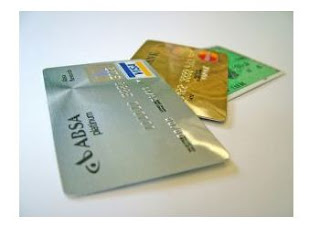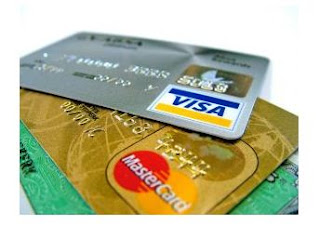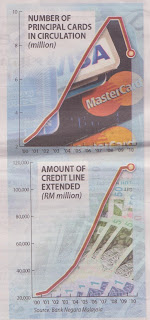
Do you want to get rich through investing one day? Do you think it's even possible? Well, it is. And the best part about investing is that it's simple.
It's not a get-rich-quick scheme, and it's also not rocket science.
I'm going to show you four simple and actionable steps you can take. After reading this article, you'll be able to just follow the directions and start investing right away. Really, there are just four steps.
Let's begin.
1. Choose an Investment Company
Before you can invest, you need to choose an investment company to invest with. There are tons of options out there, including Fidelity, Schwab, and T. Rowe Price. But I'm going to recommend the company that I think is best. And that company is Vanguard.
Why are they the best? Because the company is owned by its investors, which means that the company's interests are aligned with those of their clients.
One specific way they show this alignment is by sharing their profits with their investors, using the profits to lower the fund fees for them (fund fees are expenses you pay no matter where you invest). So the benefit to you as a client is that you get to invest in funds that are some of the lowest costs in the industry. (See also: Online Brokers for Newbies)
2. Open an Account
Now that you have a company to invest in, you need to open an account. Here, you have a few options.
If you meet the income requirements, you can open a Roth IRA, which is a retirement account that comes with some unique tax benefits. You can also open a traditional IRA or general savings account.
To open an account, all you need is to enter some basic personal information, and it only takes about 10 minutes. If you want to speak to someone and have them walk you through the process, the bigger brokerages such as Vanguard have efficient customer service departments.
3. Pick an Investment
After you've opened an account, the next step is to choose your investment. And just as there are many investment companies to choose from, there are many types of investments to choose from as well.
But again, I'm going to recommend what I think is the best option for most beginning investors. And that is a Target Retirement Fund.
Why? Because they follow all the rules of effective investing. The details behind these rules are beyond the scope of this article, but they include:
- choosing an asset allocation,
- diversification,
- regular rebalancing; and
- low cost.
All you need to do is choose the fund with the year closest to the time you expect to retire. For instance, if you're 32 years old and expect to retire in about 31 years, you'd choose the Target Retirement 2045 Fund.
4. Invest Regularly and Often
Lastly, after you've chosen your investment, you need to add money to it. And the sooner you start, the more you'll have later. (See also: Dollar-Cost Averaging Is One Path to Confident Investing)
For instance, let's say you start at age 35 and invest $5,000 every year for 30 years. If your investments grow 8% each year, by the time you're age 65 you'll have just under $612,000.
That's not bad. But check this out.
Let's say you start 10 years earlier — at age 25 — and invest $5,000 every year for just 20 years – 10 years less than our example above. And again, let's say your investments grow 8% each year. Even though you stopped adding money at age 45, by the time you're 65 you'll have over a million dollars.
In other words, by starting just 10 years earlier, you can invest $50,000 less, and still end up with over $540,000 more than the person who started later.
So the key to getting rich is investing as much as you can, as early as you can, and as often as you can. And to make this easy for you, you can set up your account to have money automatically invested from your checking account. That way, you make money regularly, without any effort on your part.
Check out this calculator, where you can play with different numbers to see just how much money you can end up with.
Now you know the simple steps to begin investing. Get started now, and you'll be making money in no time.
Source: The Only 4 Things You Need to Do to Start Investing














